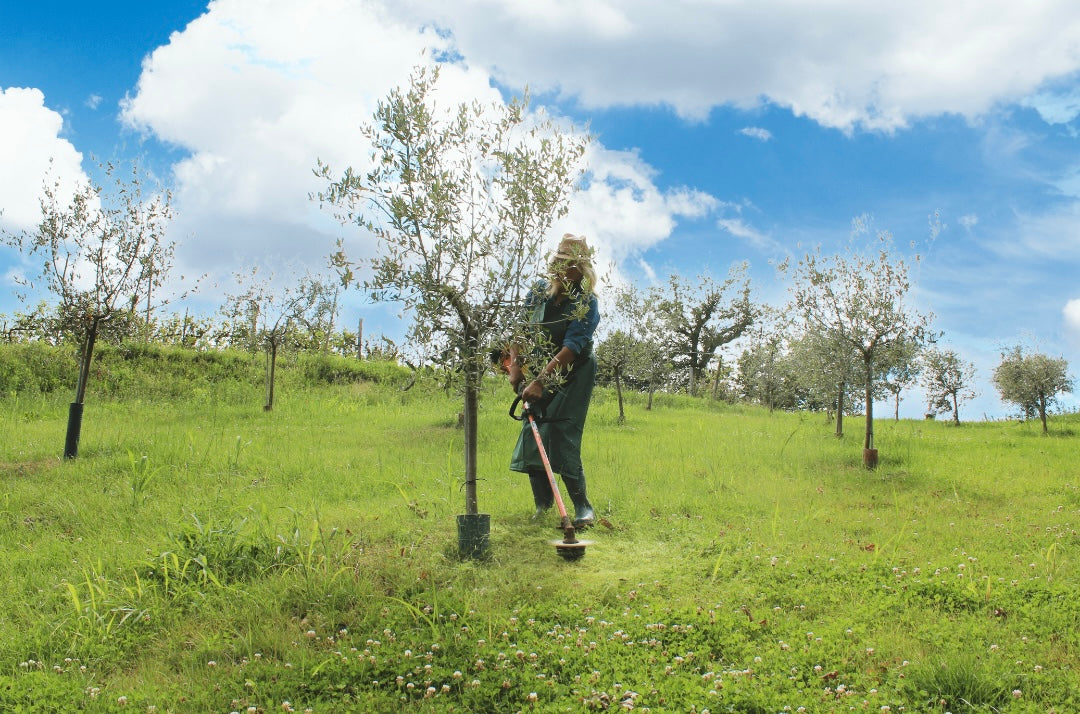
How Tree Shelters Protect Trees from Hot, Harsh Weather Conditions
Share
Nature can be both breathtaking and brutal, with its searing heat waves and merciless storms. Amid searing heat waves and violent storms, towering trees stand tall, bravely enduring the harshest conditions. But even these powerful guardians of nature need a helping hand when faced with extreme weather conditions.
This is where tree shelters come in: like caring parents, they cradle young saplings in their protective embrace, shielding them from the scorching sun, strong winds and pesky pests. Join us as we explore the incredible ways tree shelters lend their support, ensuring our beloved trees not only survive, but thrive in the face of nature's wild moods.
Tree Shelters and Their Importance in Tree Protection
Trees are essential to our ecosystem, providing various benefits such as oxygen production, carbon dioxide absorption and habitat for wildlife. However, hot and harsh weather conditions can have adverse effects on trees. Intense heat and prolonged exposure to sunlight can lead to excessive evaporation and water stress, weakening trees and making them vulnerable to diseases and pests.

High temperatures can also accelerate the evaporation of soil moisture, causing drought conditions. To protect trees from these challenges, tree shelters play a crucial role. These shelters create a controlled microclimate, protecting the trees from excessive sunlight, wind and temperature fluctuations, ensuring their survival and growth.
Understanding Tree Shelters: Different Types Available in the Market
Tree shelters are protective structures designed to protect young, vulnerable trees from adverse weather conditions. Their purpose is to create a controlled microclimate around the tree, protecting it from excessive sunlight, wind and temperature fluctuations. By providing a sheltered environment, tree shelters increase the tree's chances of survival and growth.
They are typically made of a plastic or mesh material that acts as a physical barrier. This barrier protects the tree from intense sunlight, reducing the risk of water stress and preventing excessive evaporation. It also helps regulate temperature, providing insulation during colder seasons and reducing heat stress during hot weather.
Heat Protection: How Tree Shelters Protect Trees During Summer
In the scorching summer months, excessive heat can pose a significant threat to the health and survival of trees. Tree shelters play a vital role in protecting trees from the negative effects of heat, ensuring their protection and growth.
One of the main ways tree shelters protect trees from heat is by creating a shaded microclimate. The shelter material, typically plastic or mesh, acts as a barrier that reduces the amount of direct sunlight reaching the tree. By limiting sun exposure, tree shelters prevent excessive evaporation and water stress. This helps the tree retain moisture and maintain adequate hydration levels, reducing the risk of dehydration and related problems.
Additionally, tree shelters can also create a greenhouse effect. The plastic material of some shelters traps heat, creating a warmer environment around the tree.
Wind Protection: How Tree Shelters Act as Windbreaks
Tree shelters not only protect trees from the scorching heat of summer, but they also serve as effective windbreaks, shielding trees from the damaging effects of strong winds. One of the primary functions of tree shelters as windbreaks is to provide a physical barrier that intercepts and disperses wind forces.
The solid structure of the shelters blocks the direct impact of high-speed winds on the tree, reducing the risk of physical damage such as broken branches or uprooting.

By creating a sheltered environment, tree shelters also help mitigate the drying effect of wind on trees. Strong winds can accelerate the evaporation of moisture from leaves and soil, leading to dehydration and water stress. Tree shelters act as a buffer, reducing wind speed and minimizing water loss through transpiration, thus helping trees maintain adequate hydration levels.
Conclusion
Tree shelters play a vital role in preserving and protecting trees from the harsh realities of weather conditions. Whether protecting them from the scorching heat in summer or acting as a windbreak against strong gusts of wind, tree shelters offer invaluable support to ensure the wellbeing and growth of our precious arboreal companions.
In the summer months, tree shelters provide crucial protection against the negative effects of heat. By creating a shaded microclimate, these shelters reduce water stress, limit evaporation and help trees retain vital moisture. Furthermore, they can create a greenhouse effect, maintaining a stable temperature and protecting the tree from sudden falls that could be harmful.
